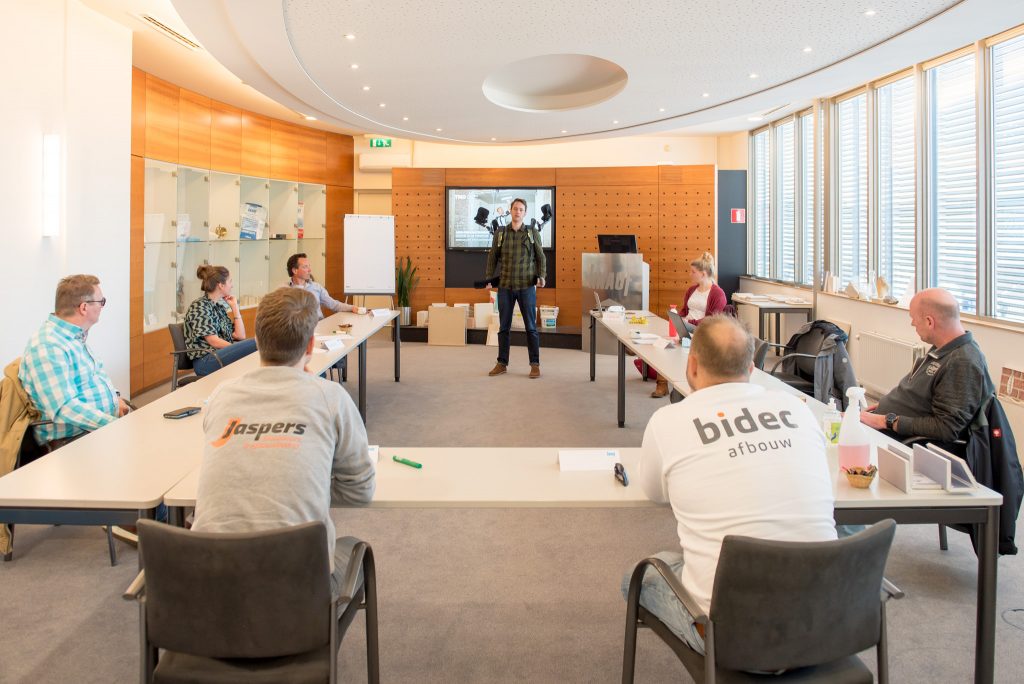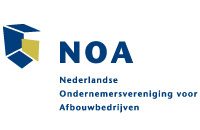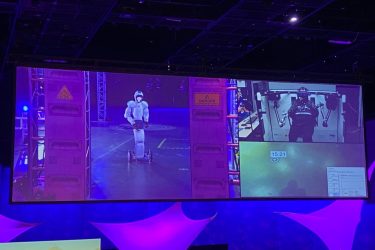Exoskeleton use and effects in the daily practice of plasterers
Background
Arm- and back-support exoskeletons reduce the load on back and shoulders, but negative side effects may also occur (e.g. discomfort, pressure points, movement restriction). The big challenge now is to make exoskeletons work in practice.
Objective
The proposed project includes a field study on the use and effects of an arm-exoskeleton in the practice of plasterers. The aim is to study (1) exoskeleton use, effects on behavior and performance, and acceptance ( ‘preconditions for successful implementation’), and (2) the effects on work load in practice.
Approach
The field study involves 30 to 50 participants. After base-line measurements (without exoskeleton), the participants will use the exoskeleton in their daily practice for at least six weeks. The results will form the input for cost-benefit analyses and further actions in terms of extrapolation and upscaling.
This is the first field study on exoskeletons of a longer duration. The project will clarify whether an exoskeleton will be accepted by workers in real practice and whether positive work load effects as observed in laboratories will persist in the real world. If so, this may accelerate the adoption of exoskeletons, thereby improving working conditions, sustainable employment and the attractiveness of heavy jobs.
More information







